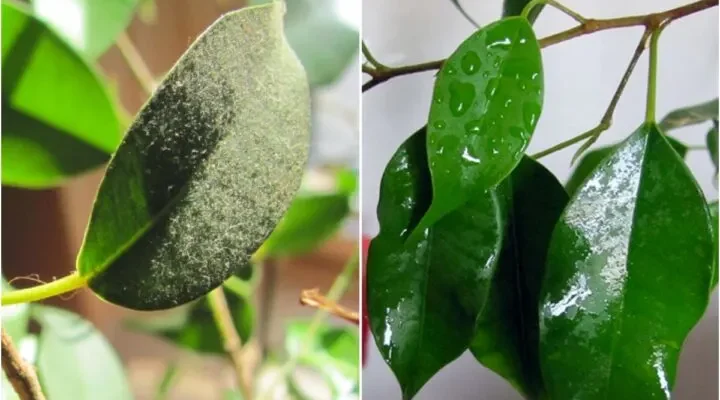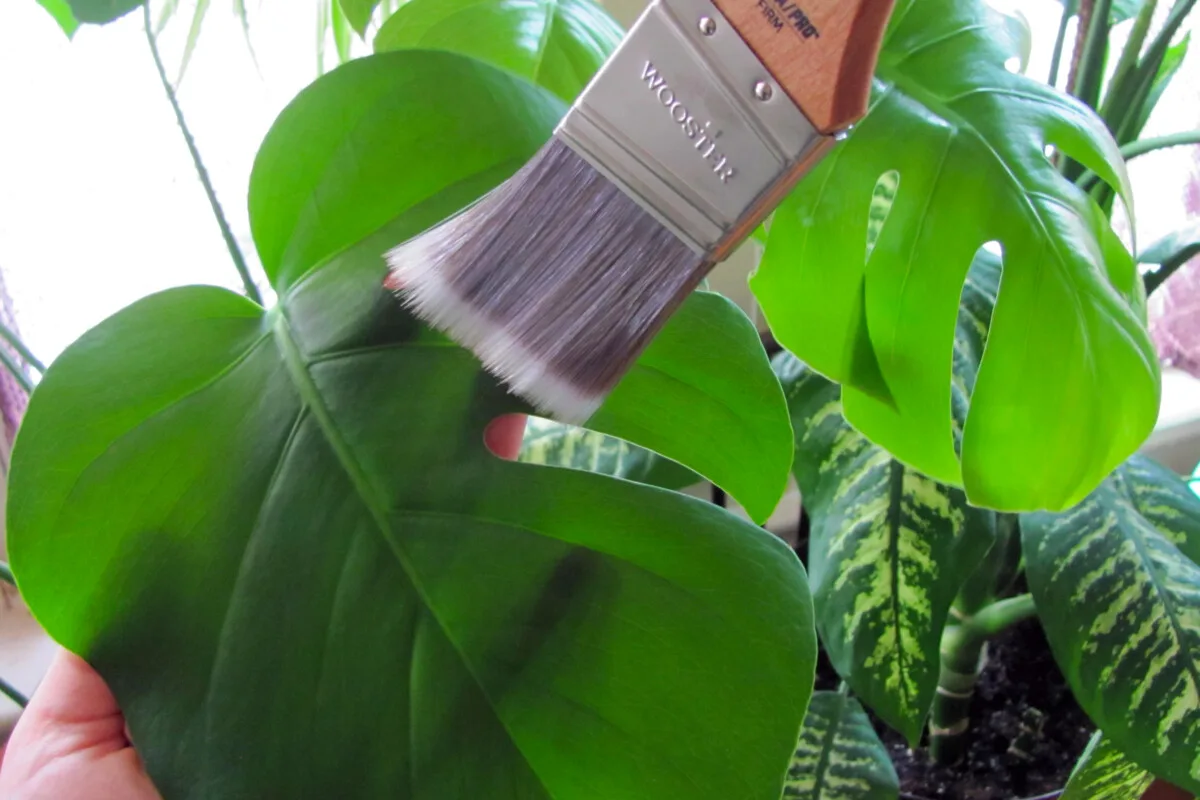Over my many successes and failures in houseplant care, I’ve learned one simple truth: The more light you can heap on your plants, the easier they grow.
Pretty astute, I know.
But beyond getting the other things right (water, humidity, soil, and fertilizer), the quality of light your plants receive will always be the main limiting factor for robust, never-ending growth.
With my little houseplant family in tow, I’ve moved around several times throughout my adult life and each place had a certain uniqueness of light quality. Swinging from the extremes of high to low light settings, I’ve seen how the intensity and duration of light exposure scales directly with the health and growth of the indoor garden.
I’ve lived in in upper story apartments with unobstructed southern and western exposures. There, my houseplants lived their best life, growing huge and hale and constantly pushing the limits of their pots. It was easy. All I had to do was keep them watered and fertilized, and in return they pushed out so much growth that I was forever giving away cuttings and offsets– to friends, to acquaintances, to a donation box set out at the curb.
I’ve also lived in first floor flats, where every single window faced a wall or was shaded by a balcony, roof, or awning. Here, the very same plants struggled. Alive yes, but you could hardly call it thriving – more like limping along. There would be no more curbside freebies, anyway. Every shred of light was precious and we installed columns of plant shelves across the windows to capture as much of it as possible. Still, supplementing with cool white LEDs was the only way to satisfy the high light needs of my Croton and Aloe.
It’s all too tempting to start believing you’ve mastered houseplant parenting when you have rooms bathed in bright light for most of the day. It is truly humbling when you move and experience the fresh hell of plant care in sub-optimal lighting!
This is all to say, the fewer things getting between the sun and your plants, the better. Trees, buildings, curtains, privacy film, and dirty windows are the sorts of things that could be standing in the way. Each contributes a dimming effect on the amount of UV light that gets through to the leaves – even in the prime location of a south-facing window.
Not too much you can do about the permanent structures. But washing your windows and trimming overgrown shrubbery can make a noticeable difference in the amount of sunlight that’s let into your rooms.
There’s another little trick for boosting the sunlight plants can absorb. And it’s dead simple, costs almost nothing, is criminally underrated and is usually only mentioned in passing: Clean your plant leaves.
Dusting Your Way to Better Photosynthesis

The biological reason for light quality having such an impact on plant vigor is explained by good ol’ photosynthesis – the process plants use to convert light into energy so they can grow and grow and grow.
Like any other physical barrier to sunlight, a layer of dust will most certainly reduce the maximum potential for light to reach the leaves.

And when you’re light-challenged, every little bit of sunshine will only help fuel plant growth. Plus, squeaky clean leaves look a lot nicer than dusty old dull ones.
Rain and wind keeps plants clean outside. But in the shelter of the indoor garden, our houseplants 100% rely on us to practice good leaf hygiene.
You might not realize how much dust has accumulated on plant foliage until you take a hard look at the leaves in bright light. In passing, my plants didn’t appear all that dusty. But once I inspected the foliage closely in strong daylight, I was immediately disabused of that notion.
When Was the Last Time You Cleaned Your Houseplants?

No, I don’t mean knocking off dust with the swipe of a finger. What I mean is, when was the last time you set aside a bit of time to specifically wash the dust, dirt, and grime off the leaves?
If your answer is ‘Never’ or ‘I do not recall’, then it might be high time to invest in a little leaf care.
How frequently you clean the leaves depends on how much dust gets into your home, from shedding humans and pets, as well as through windows and doors. The pluckiest of indoor gardeners might clean their plants on a monthly or weekly basis, though doing it at least one or two times a year is a good habit to get into.
Right around the deep cleaning in spring is when I tend to start thinking about the cleanliness of my plants. The appearance of clean foliage looks so much better, and my plants will be happier and healthier without dust cluttering up their leaves.
9 Easy Ways to Keep Houseplants Clean
I’ll be first to admit, cleaning plants is kind of a pain. Every plant grows in its own particular way and a single cleaning method doesn’t usually work for all of them.
A damp cloth is great for scrubbing dust off plants with big, broad, and thick leaves. It doesn’t work so well on plants with small leaves, prickly spines, or fuzzy textures. Some plants require a more delicate touch.

The key to making the dusting endeavor go quickly and smoothly is matching the cleaning implement to the each plant’s leaf type and growth habit. By tailoring your approach to the shape, size, and number of leaves, the chore of plant dusting becomes a whole lot simpler.











